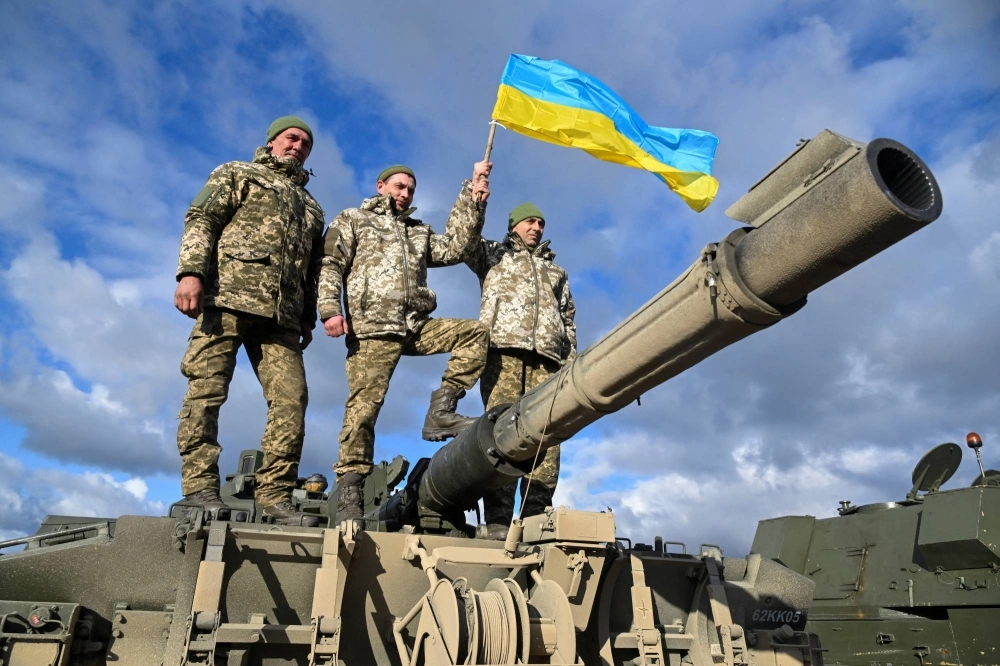After a monthslong delay, the fractious United States House of Representatives finally approved more than $60 billion in military aid for Ukraine last week — and not a moment too soon.
Two years into Russia’s full-scale invasion, there is mounting pessimism about Ukraine’s ability to defend itself. The Ukrainian counteroffensive last summer failed to achieve its stated objectives after repeated delays in the delivery of Western weapons, while Russia ramped up its own military production and made limited territorial gains. As a result, a growing chorus of voices is asking whether it’s time for Ukraine and its allies to rethink their aims and consider a negotiated settlement.
Europe has been here before. The same question was being asked in 1941, two years after Nazi Germany began its own imperialist conquest by invading Poland. Among the prominent figures arguing against U.S. entry into World War II was Charles Lindbergh, who argued that there was no chance of success and that it would be best for the European war to “end without conclusive victory.”
















With your current subscription plan you can comment on stories. However, before writing your first comment, please create a display name in the Profile section of your subscriber account page.